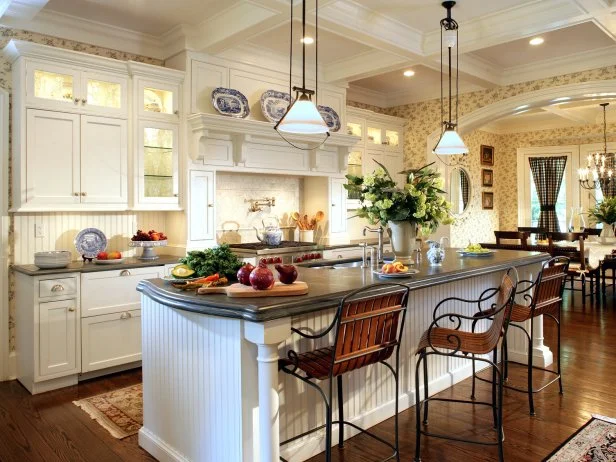An Overview to Choosing the Perfect Legs For Kitchen Area Island for Your Home
Selecting the optimal legs for your kitchen area island is a nuanced decision that impacts both the capability and aesthetic allure of this main space. As you think about these elements, it comes to be obvious that the ideal legs can transform not only the appearance of your kitchen area however also its use for years to come.

Understanding Kitchen Area Island Legs
When selecting legs for a cooking area island, it's important to comprehend their functional and visual roles in the total layout. The legs work as an essential support group, ensuring security and sturdiness for the island, which usually works as a work area, dining location, or collecting place. Consequently, the choice of product and building technique must be durable adequate to hold up against daily use and prospective wear.
In enhancement to their architectural responsibilities, legs add substantially to the island's aesthetic charm. They can improve the kitchen area's design, whether with traditional, contemporary, or eclectic designs. The height and proportion of the legs are additionally vital factors to consider; they must harmonize with the island's kitchen counter elevation while making certain comfy seating for those utilizing the space.
Furthermore, the leg layout can affect the general circulation of the cooking area. Open, ventilated leg styles can produce a sense of lightness, while solid, significant legs may communicate a much more based and stable visual - Legs For Kitchen Island. Recognizing these aesthetic and functional elements will certainly assist home owners in making notified choices that complement their kitchen's style and improve its functionality
Popular Styles and Products
The selection of legs for a kitchen area island encompasses a variety of popular designs and products, each offering unique characteristics that can boost both performance and visual appeals. Typical legs commonly exhibit elaborate details and craftsmanship, improving classic kitchen area styles.

Elevation and Security Factors To Consider

The legs of the cooking area island ought to supply appropriate assistance, making certain that the structure can hold up against daily usage without shifting or tottering. Material selection plays a significant duty in stability; steel legs, for circumstances, have a tendency to use greater toughness compared to wood.
Matching Your Cooking Area Aesthetic
Picking the right legs for your kitchen island goes beyond performance; it also plays a substantial function in the overall visual of the area (Legs For Kitchen visit our website Island). When choosing legs, take into consideration the layout style of your cooking area.
Legs that complement or comparison with your island's surface area and bordering cabinets can create visual consistency or striking focal factors. In addition, take into consideration the coating of the legs; matte, glossy, or textured surfaces can you could check here substantially impact the general feel of the cooking area.
Setup and Upkeep Tips
Setting up kitchen area island legs needs careful interest to detail to ensure both security and aesthetic allure. Make use of a stud finder to situate wall surface studs if you are attaching the legs to a wall surface or utilizing braces for added support.
When securing the legs, use top quality screws and, if needed, wood glue for extra toughness. For metal legs, make sure that you are using ideal anchors and devices to avoid damages to your flooring. It is recommended to look for levelness after installment, making adjustments as needed to stay clear of wobbling.
Clean the legs with an ideal cleaner, staying clear of rough products that might scratch the surface. By complying with these installation and upkeep pointers, you can make certain that your cooking area island legs stay both useful and visually enticing.
Final Thought
Finally, selecting the proper legs for a cooking area island necessitates careful factor to consider of height, stability, and aesthetic compatibility. By picking appropriate products and designs that line up with the total kitchen area layout, functionality can be boosted while preserving visual allure. Correct installation and continuous upkeep even more contribute to the sturdiness and durability of the cooking area island. Ultimately, thoughtful leg selection plays an important duty in boosting both the functionality and layout of the cooking area room.
When picking legs for a kitchen island, it's necessary to comprehend their aesthetic and functional duties in the total design. Open, ventilated leg designs can create a sense of lightness, while strong, substantial legs might convey an extra based and secure visual. The legs of the kitchen area island must supply adequate support, making certain that the framework can hold up against daily use without wobbling or moving.Mounting cooking area island legs calls for cautious interest to detail to ensure both stability and aesthetic appeal.In final thought, choosing the ideal legs for a kitchen area island demands careful consideration of elevation, stability, and aesthetic compatibility.